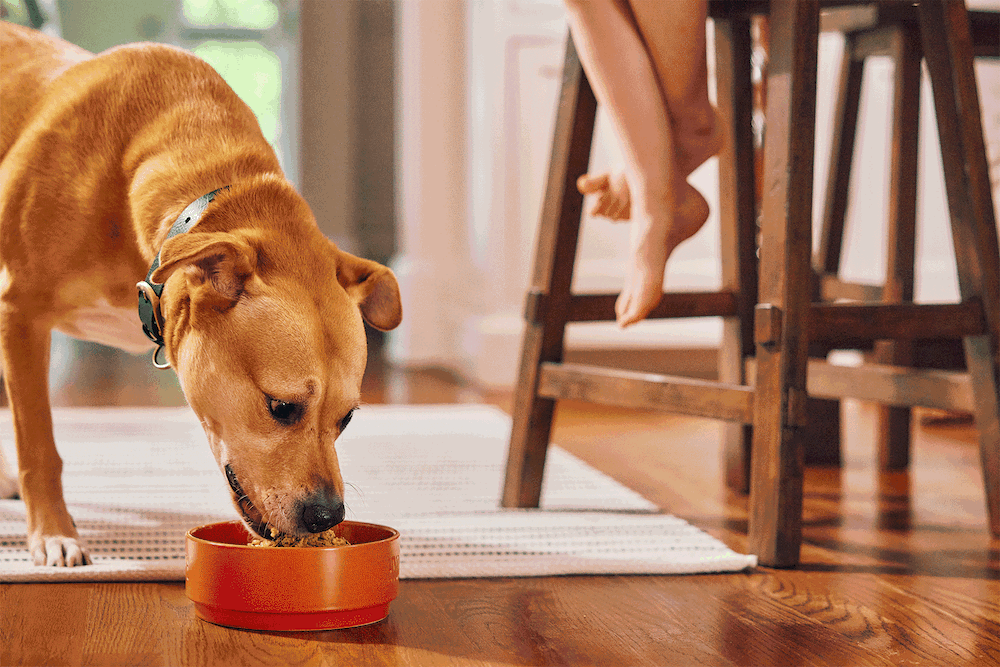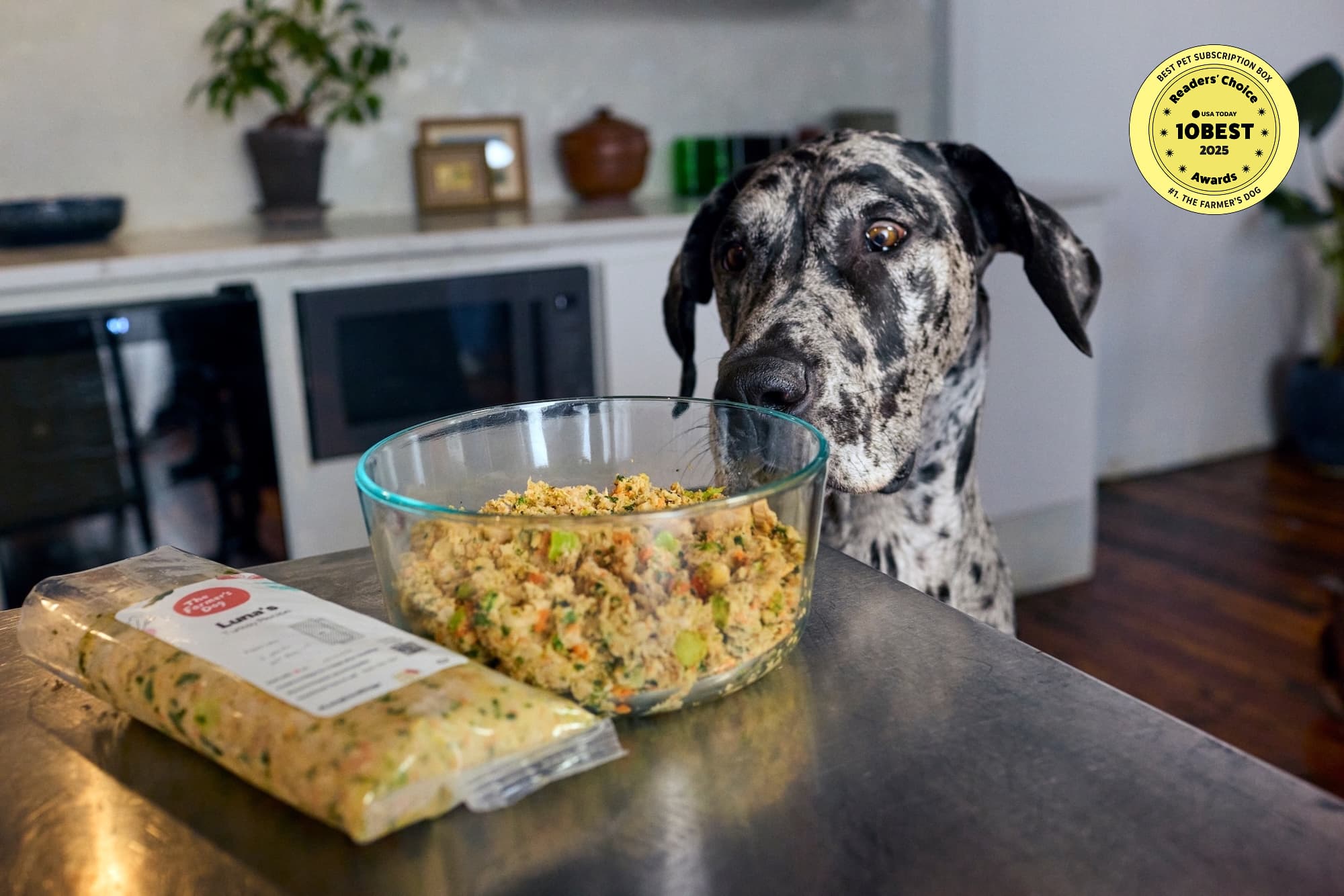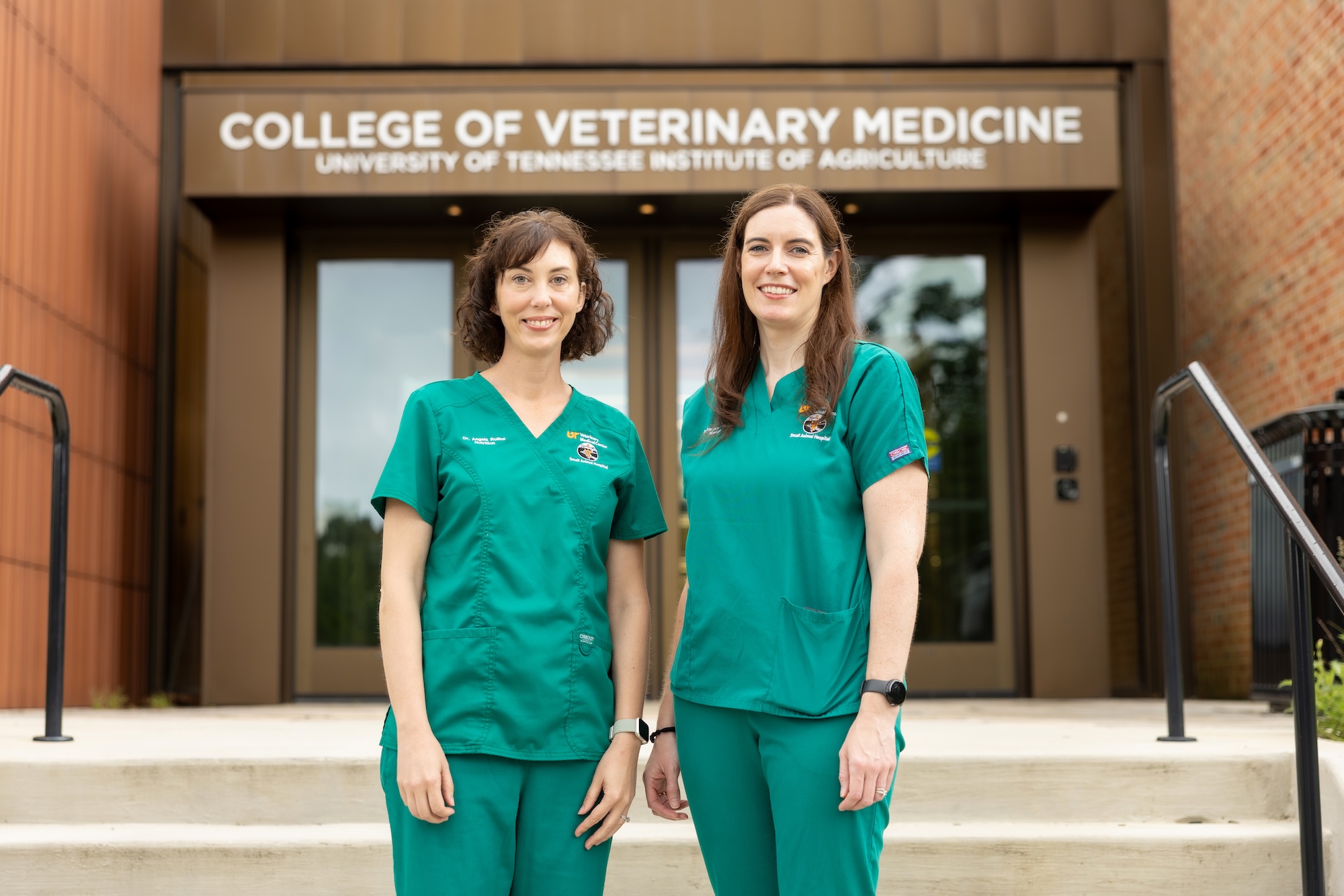A 2022 study found that the vast majority of participating dog owners were not aware of Food and Drug Administration (FDA) guidelines for handling pet food and dishes—and that even those who did know about the protocols didn’t necessarily adhere to them.
How often do you wash your dog’s bowls? How often should you wash them? Below, we dig into the FDA’s recommendations around dog-food hygiene, and set out to answer common questions about how to protect dogs and their humans from pathogens in the kitchen.
“How often should I clean my dog’s bowls?”
The FDA recommends washing pet-food bowls and utensils “after each use,” and cleaning water bowls daily. Some people hardly ever do so at all. How much can you deviate from the agency’s guidelines before you’re being reckless?
We asked Dr. Donald Schaffner, a Rutgers University professor, expert in food safety, and co-host of the Risky or Not? podcast. Dr. Schaffner has two dogs of his own, and, while he’s careful about keeping his home clean, he doesn’t follow every rule to the letter.
Schaffner says that, in his household, “we will almost always wash our [human] plates after we use them, but the dog bowls get used several times before they get washed in the dishwasher.”
Is this safe?
“The level of risk really depends upon your dog’s habits,” Schaffner says. “Both of our dogs are often members of the ‘clean plate club,’ which means that every visible speck of food is typically removed from the plate. Of course, there’s always a possibility of some food being left, not to mention bacteria being transferred to the dish. As long as there is not visible food and some available moisture, any bacteria that might be there will not be able to multiply and therefore increase in risk.”
It’s the safest course to wash your dog’s dish after every single use—and we suspect you wouldn’t eat all of your meals off of one unwashed dish for a full day or longer. But if you’re regularly cleaning your dog’s dishes and remaining alert for any disconcerting sights or smells, and you and your dog have normal immune systems, you probably have more wiggle room than that.
One way to reduce your dog’s risk of illness is to avoid leaving your dog’s fresh food out too long at room temperature (more on this later).
In addition to your dog’s food bowl, it’s advisable to clean their water bowl daily to prevent anything hazardous from growing in there. In real life, devotion to these ideals may vary. While Schaffner recognizes that a water bowl is a place where bacteria can multiply, he says: “I am not super fastidious about [cleaning it] because, after all, my dogs will often eat animal poop from the backyard or by the side of the road (as much as I try to stop them from doing this).” That reminds us: if your dog has a poop-eating habit, there are ways you can combat it.

“Do I need to keep my dog’s dishes separate from my own?”
The FDA recommends using a dedicated scooping utensil to serve dog food. One could extrapolate from this suggestion that it might be a good idea to use separate dog dishes. Most of us do—but, if you wash your dishes, is keeping a dedicated dog dish necessary for health reasons? Or do we do this mostly due to an “ick” factor?
“I think it is primarily just an ‘ick’ factor,” Schaffner says of the advice to use separate human and dog bowls. Still, “Certainly there are microorganisms that are found in the mouths of dogs that can cause illness in humans.” Even so, many humans make a habit of letting their dogs lick them right on the face. And Schaffner himself permits his own dogs to lick his human-food plates. He then puts said plates through the dishwasher and continues using them.
So would it be much different to wash your dog’s bowl and then eat your own food out of it later? We’re not sure… but, even with reassurance from an expert, this reporter—who does let his dog lick his face—is not about to eat out of his dog’s bowl.
Aside from the germs in your dog’s mouth, another factor influencing your level of comfort around their food bowls might be the type of food they’re eating. Fresh, human-grade dog food is subject to the same safety and quality regulations that apply to human food. Much kibble is legally considered animal feed, meaning that it can contain ingredients like diseased, expired, or contaminated meat if they’re processed into “meals” or “fats.”

“How can I get my dog’s bowls really clean?”
The FDA names hot water and soap as their chosen method for washing a dog’s bowls and utensils. And they’re right to mention that drying is an important part of washing. In most cases, a hand wash with soap and water, followed by drying, should get the job done.
Schaffner says that there are other measures that will eliminate even more germs: “In our house,” he says, “we will put the food and water bowls into the automatic dishwasher on a regular basis.” And, although “hand-washing the food and water bowls with soap and water is probably adequate,” he says, “If you have access to a spray-on food contact surface disinfectant, that adds an extra layer of protection.” Make sure that anything you choose to use has dog-safe ingredients and is approved by your vet.
Those who feed their dogs raw food may be familiar with the extensive debate around the merits and safety of the practice, and we won’t rehash those here. On the limited topic of safe food handling, though: after touching any raw meat, be sure to wash your hands with soap and warm water. Clean and disinfect any surfaces that come into contact with raw meat.
By the way, which type of bowl you use for your dog is also a factor in how easy it will be to keep clean. Stainless steel and ceramic are better choices for these purposes; it can be much harder to remove tiny bits of food residue and bacteria from plastic.
“How can I keep my dog’s fresh food safe to eat?”
If you feed your friend food from The Farmer’s Dog, we commend you. Unlike kibble, it’s a fresh product that needs to be handled like your own human food so it doesn’t spoil. This means that, when you’re not using it, you’ll need to keep it in the freezer or refrigerator. Throw it out if it’s been at room temperature for two hours (or one hour at 90°F or higher).
In some situations, like travel, you’ll need to prepare and make sure you have a cooler or thermos to keep your pup’s food at a safe temperature.
“My dog keeps getting food stuck in her hair!”
It’s a fact of life that food can get stuck in dogs’ hair—especially if that hair is long, and doubly so if it’s around their face. We assume that you wouldn’t leave a chunk of soup on your own mustache, and you should clean any leftovers off of your pup, too, to prevent any adverse health effects (not to mention odors).
“What’s the main takeaway here?”
Not everyone is going to follow every hygienic precaution, all the time, for themselves or their dogs. Depending on your tolerance for risk and individual circumstances—for example, do you have children? Is anyone in your home, including your dog, immunocompromised?—you might be more or less fastidious about such things. But, overall, you and your pal will be safer if you keep in mind that, like you, dogs are living beings with bodies that are susceptible to bacteria and other agents that might grow in their bowls and eating areas. Whatever routine you settle on, make an effort to keep their dishes clean.




